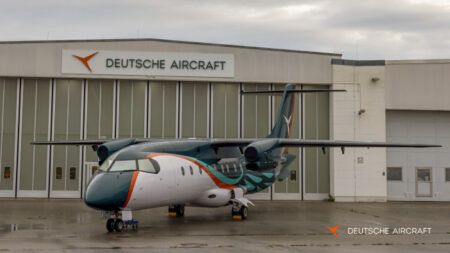A joint effort to manage flights across multiple countries by predicting where an aircraft will be and at what time has proven successful.
The six-day live flight demonstration run by the FAA included four scenarios and flights between the USA, Japan, Singapore and Thailand.
Using Trajectory Based Operations (TBO), countries shared the aircraft’s trajectory, and air traffic experts from each country sequenced the flights’ routes to achieve the optimal flight path across multiple regions. Controllers factored in conditions such as weather, air traffic and airspace closures.
TBO uses precise aircraft trajectory data, such as latitude, longitude, altitude and time to show where the aircraft expects to be on its route from take-off to touchdown. Aircraft fly precise flight paths with seamless information exchange between air and ground systems.
The air traffic control sector is gradually shifting from the current way of working – where ATCOs share information using voice-based exchanges – to sharing information more broadly using digital data. This digital shift will allow each country to be immediately aware of how changes in other countries will affect a flight and better plan for when an aircraft enters its area of responsibility.
The successful test flight demonstrated how sharing and coordinating trajectory information across multiple countries could improve safety and efficiency. This collaboration will help minimize delays and disruptions; cut travel cost and time; and reduce fuel burn and carbon emissions by up to an estimated 10%.




